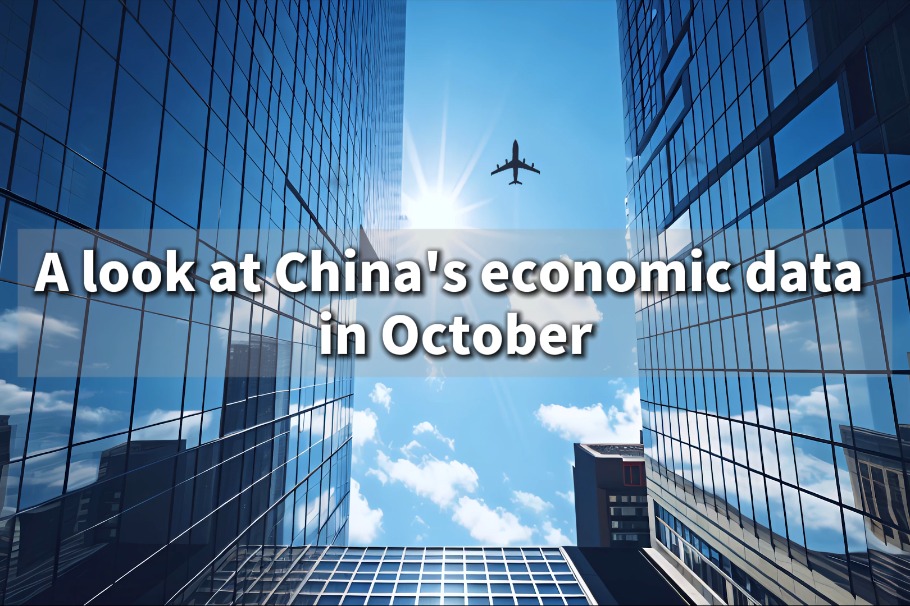'Overcapacity' narrative against China aimed at fulfilling 'US-only' dream


China's so-called overcapacity problem is a straw man that the United States has raised to elbow out emerging industries from other countries for a "US-only" dream.
Shortly after US Treasury Secretary Janet Yellen's overcapacity narrative about China in April, the administration of US President Joe Biden announced plans to raise tariffs on Chinese electric vehicles to 100 percent from 25 percent earlier, along with other new tariffs on clean energy imports.
If the US definition of overcapacity is producing more than what's needed domestically and then exporting, should Tesla EV and iPhone sales to China be tagged as overcapacity?
If exporting 12 percent of Chinese-made EVs is termed overcapacity and tariffs are raised consequently, then what about Germany, Japan and the US, who export 80, 50 and 25 percent, respectively, of their automobiles?
It is worth mentioning that China's domestic demand is still booming and far from being met on a global scale. The National Information Center estimates that China's new energy vehicle penetration rate will increase from 35.2 percent in 2023 to 60 percent by 2033.
According to the International Energy Agency, global renewable energy capacity is expected to grow by two and a half fold by 2030, but governments need to go further to achieve the goal of tripling it by then.
Over the past year, higher inflation and interest rates have led to increased equipment and financing costs of renewables projects, and policies have been slow to adjust to the new macroeconomic environment globally, the IEA said.
China's role is "crucial" in reaching the 2030 goal because it is expected to install more than half of the new capacity required globally by the end of the decade, it said.
If we go down the rabbit hole of "overcapacity" accusations by the US, there wouldn't be any point in having global trade at all.
Historically, countries have played to their strengths, engaging in international trade and dividing labor, which have given birth to the current world market and global economic order.
At the 2024 Beijing International Automotive Exhibition in April, Zeng Yuqun, founder of Contemporary Amperex Technology Co Ltd, the world's largest vehicle battery maker, had a friendly exchange with Porsche CEO Oliver Blume.
Blume said that the collaboration between Porsche and CATL has been "very positive" and the batteries used by Porsche came from CATL's factory in Germany.
This market-driven cooperation exemplifies global division of labor and cooperation, mutual demand, and complementary prosperity among global industries.
By the way, the US was the trailblazer in the game of global trade and concepts.
The US deficit accelerated starting from 1991, peaking from 2005 to 2007. The root of the deficit lies in the technology bubble of the 1990s and the financial bubble of the 2000s. Meanwhile, China's surplus accelerated from 2005, making it a victim of the two bubbles led by the US.
Yet, the US demanded that China should take responsibility for the international financial crisis and foot the bill to mitigate global imbalances. By the end of 2008, China's macro leverage ratio was 142 percent; it has now reached 290 percent.
Currently, the world economy is entering a new era of green, new energy, and digital technology revolution.
The newly installed capacity demand of global photovoltaics, for instance, will reach 820 gigawatts, which is about four times that of 2022. It shows that the current production capacity is far from meeting market demand globally.
If there are no negative spillovers of geopolitical tensions, protectionism, and generalized security concerns, the supply and demand of new energy vehicles, photovoltaics, and lithium batteries will be dynamically balanced at the global level.
As the US tries to squeeze industries from other countries and regions to protect and support its own, especially in the new energy sector, should other countries foot the bill for such a "US-only "dream?




































